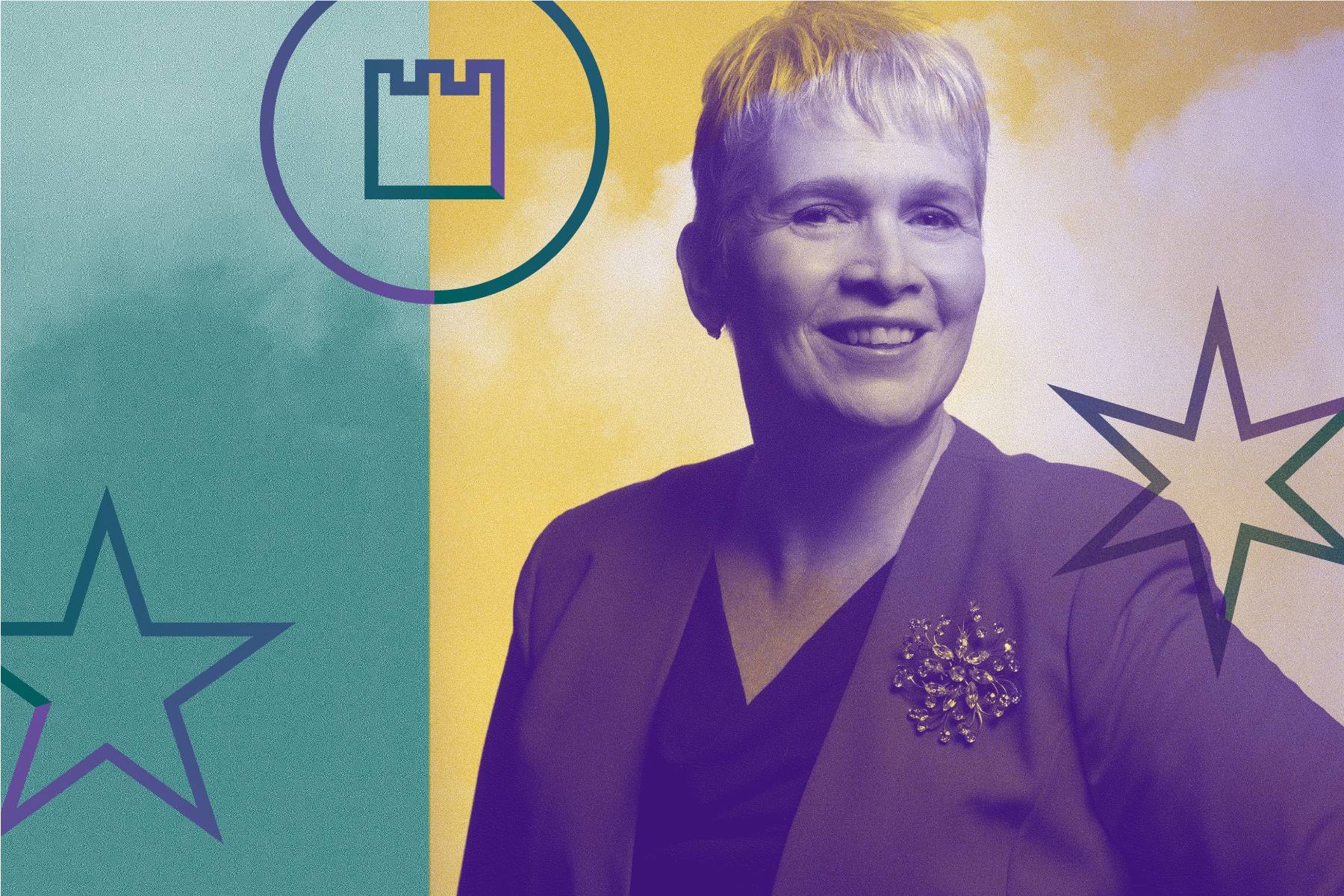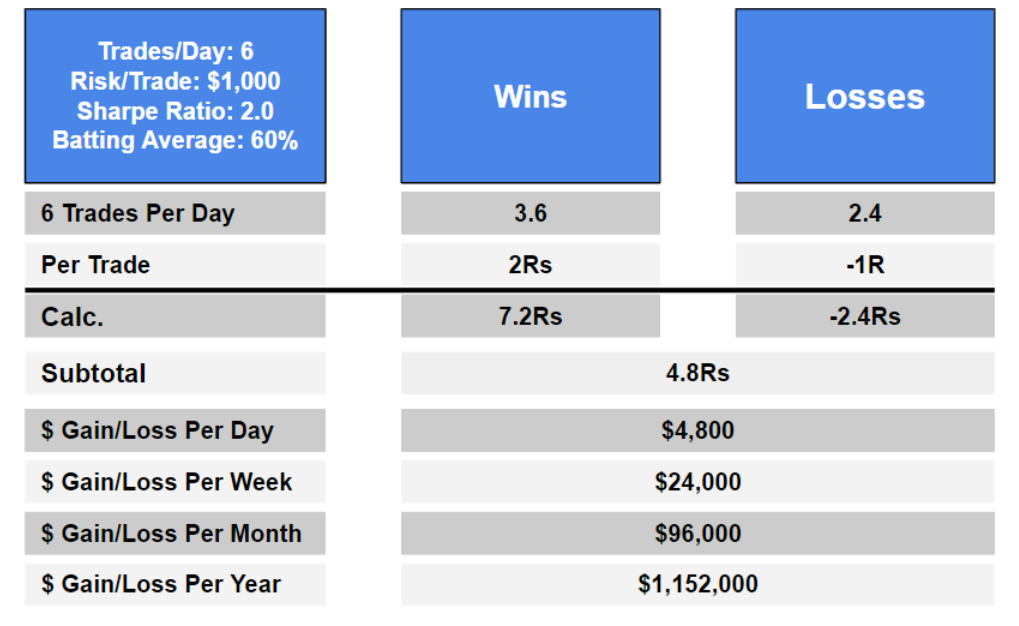
When investing in ultra-short bonds funds, credit risk and defaults should be your main concerns. Government securities carry lower credit risk, which is less of a concern with ultra short bond funds. Derivatives and securities that are lower in credit rating carry higher risks. Credit risk is therefore not as significant for ultra-short bond funds. They may still be riskier than other types investment.
Vanguard Ultra-Short Bond ETF
Vanguard Ultra Short Bond ETFs were first introduced in 1986 as an entity of Maryland. It was then reorganized in Delaware as a statutory trust in 1998. The Vanguard Bond Index Fund, Inc. was its name before that. The 1940 Act defines the Vanguard Ultra Short Bond ETF to be an open-end investment company that manages money. It is therefore diversified.
Vanguard Ultra Short Bond ETF strives to provide current income while keeping prices low and achieving an aggregate performance similar to ultra-short investment-grade fixed Income securities. It invests at most 80% of its assets into fixed income securities. Vanguard Fixed Income Group puts emphasis on good relative value and modifies the portfolio's duration to take into account these factors. The Vanguard Ultra Short Bond ETF shares the same objectives as the fixed income group.

Putnam Ultra Short Duration Income Fund, (PSDYX).
The Putnam Ultra Short Duration Income Fund's (PSDYX), objective is to generate income while maintaining capital and liquidity. The fund invests primarily in investment grade money market securities and may also invest in U.S. dollar-denominated foreign securities. The average effective duration of the fund is 1 year. It could lose value during a downturn in interest rates or lose money when interest rates rise.
YieldPlus
The YieldPlus ultra short bond fund is one of the most popular choices of investors seeking to get out of the bad-credit bond market. Currently, the fund is rated two stars by Morningstar and has a Sharpe ratio of -1.2. However, a higher Sharpe ratio usually translates to better risk-adjusted returns. The fund's losses began in the summer of 2007 when investors began to withdraw their funds. The redemptions of Schwab YieldPlus funds had reached $1 billion by August 2007.
As the credit crisis unfolded in mid-2007, the NAV of the YieldPlus Fund began to decline. In the depressed market, the fund was forced by creditors to sell assets. Schwab's difficult relationship with investors only worsened after some investors pulled their cash from the funds. This has led to both investors and brokers being fired. In an attempt to resolve the issues, some brokers provided their clients with the email address and contact information for YieldPlus's manager. The fund's asset base dropped to $1.5 billion last week, compared with $13.5 billion at the end of last year. It has had to also unload bonds linked to troubled firms.
Credit risk is less of a concern
The risk of losing money if an ultrashort bond fund defaults on its obligations or suffers a credit rating drop is usually minimal. They are also insured by the FDIC to at least $250,000. This makes them a safer choice. However, they do carry some risks that make them not suitable for all investors. Credit risk may also result from investment in assets that have a lower credit rating, such as derivatives.

One major disadvantage of ultra-short bond funds is that they may have lower yields than conventional short-term bond funds. Ultra-short funds invest in short-term debt. This makes them less vulnerable to rise interest rates. But, short-term bonds may not be as smart as long-term ones, and they are more affected by near-term rate fluctuations. If a bond defaults, you could lose your money.
FAQ
What is the role and function of the Securities and Exchange Commission
SEC regulates brokerage-dealers, securities exchanges, investment firms, and any other entities involved with the distribution of securities. It enforces federal securities regulations.
What is a REIT?
An REIT (real estate investment trust) is an entity that has income-producing properties, such as apartments, shopping centers, office building, hotels, and industrial parks. They are publicly traded companies which pay dividends to shareholders rather than corporate taxes.
They are similar in nature to corporations except that they do not own any goods but property.
What are the benefits to owning stocks
Stocks are more volatile than bonds. Stocks will lose a lot of value if a company goes bankrupt.
The share price can rise if a company expands.
Companies usually issue new shares to raise capital. This allows investors the opportunity to purchase more shares.
Companies use debt finance to borrow money. This allows them to get cheap credit that will allow them to grow faster.
A company that makes a good product is more likely to be bought by people. The stock price rises as the demand for it increases.
The stock price will continue to rise as long that the company continues to make products that people like.
Is stock marketable security a possibility?
Stock is an investment vehicle where you can buy shares of companies to make money. You do this through a brokerage company that purchases stocks and bonds.
You could also choose to invest in individual stocks or mutual funds. There are actually more than 50,000 mutual funds available.
The difference between these two options is how you make your money. With direct investment, you earn income from dividends paid by the company, while with stock trading, you actually trade stocks or bonds in order to profit.
In both cases, you are purchasing ownership in a business or corporation. If you buy a part of a business, you become a shareholder. You receive dividends depending on the company's earnings.
Stock trading gives you the option to either short-sell (borrow a stock) and hope it drops below your cost or go long-term by holding onto the shares, hoping that their value increases.
There are three types to stock trades: calls, puts, and exchange traded funds. You can buy or sell stock at a specific price and within a certain time frame with call and put options. ETFs, which track a collection of stocks, are very similar to mutual funds.
Stock trading is a popular way for investors to be involved in the growth of their company without having daily operations.
Stock trading can be a difficult job that requires extensive planning and study. However, it can bring you great returns if done well. This career path requires you to understand the basics of finance, accounting and economics.
Statistics
- US resident who opens a new IBKR Pro individual or joint account receives a 0.25% rate reduction on margin loans. (nerdwallet.com)
- Individuals with very limited financial experience are either terrified by horror stories of average investors losing 50% of their portfolio value or are beguiled by "hot tips" that bear the promise of huge rewards but seldom pay off. (investopedia.com)
- "If all of your money's in one stock, you could potentially lose 50% of it overnight," Moore says. (nerdwallet.com)
- Even if you find talent for trading stocks, allocating more than 10% of your portfolio to an individual stock can expose your savings to too much volatility. (nerdwallet.com)
External Links
How To
How to Open a Trading Account
Opening a brokerage account is the first step. There are many brokers that provide different services. Some have fees, others do not. Etrade, TD Ameritrade and Schwab are the most popular brokerages. Scottrade, Interactive Brokers, and Fidelity are also very popular.
Once you've opened your account, you need to decide which type of account you want to open. These are the options you should choose:
-
Individual Retirement accounts (IRAs)
-
Roth Individual Retirement Accounts
-
401(k)s
-
403(b)s
-
SIMPLE IRAs
-
SEP IRAs
-
SIMPLE 401K
Each option has its own benefits. IRA accounts are more complicated than other options, but have more tax benefits. Roth IRAs allow investors to deduct contributions from their taxable income but cannot be used as a source of funds for withdrawals. SIMPLE IRAs and SEP IRAs can both be funded using employer matching money. SIMPLE IRAs require very little effort to set up. They allow employees to contribute pre-tax dollars and receive matching contributions from employers.
You must decide how much you are willing to invest. This is called your initial deposit. Many brokers will offer a variety of deposits depending on what you want to return. Based on your desired return, you could receive between $5,000 and $10,000. This range includes a conservative approach and a risky one.
Once you have decided on the type account you want, it is time to decide how much you want to invest. Each broker sets minimum amounts you can invest. These minimums can differ between brokers so it is important to confirm with each one.
You must decide what type of account you want and how much you want to invest. Next, you need to select a broker. Before choosing a broker, you should consider these factors:
-
Fees – Make sure the fee structure is clear and affordable. Brokers often try to conceal fees by offering rebates and free trades. However, some brokers actually increase their fees after you make your first trade. Be wary of any broker who tries to trick you into paying extra fees.
-
Customer service – Look for customer service representatives that are knowledgeable about the products they sell and can answer your questions quickly.
-
Security - Look for a broker who offers security features like multi-signature technology or two-factor authentication.
-
Mobile apps - Check if the broker offers mobile apps that let you access your portfolio anywhere via your smartphone.
-
Social media presence – Find out if your broker is active on social media. If they don’t, it may be time to move.
-
Technology - Does it use cutting-edge technology Is the trading platform easy to use? Is there any difficulty using the trading platform?
Once you have decided on a broker, it is time to open an account. Some brokers offer free trials while others require you to pay a fee. After signing up you will need confirmation of your email address. Next, you'll have to give personal information such your name, date and social security numbers. Finally, you will need to prove that you are who you say they are.
Once verified, your new brokerage firm will begin sending you emails. It's important to read these emails carefully because they contain important information about your account. You'll find information about which assets you can purchase and sell, as well as the types of transactions and fees. You should also keep track of any special promotions sent out by your broker. These may include contests or referral bonuses.
The next step is to open an online account. An online account can be opened through TradeStation or Interactive Brokers. These websites are excellent resources for beginners. You'll need to fill out your name, address, phone number and email address when opening an account. After all this information is submitted, an activation code will be sent to you. To log in to your account or complete the process, use this code.
Now that you have an account, you can begin investing.